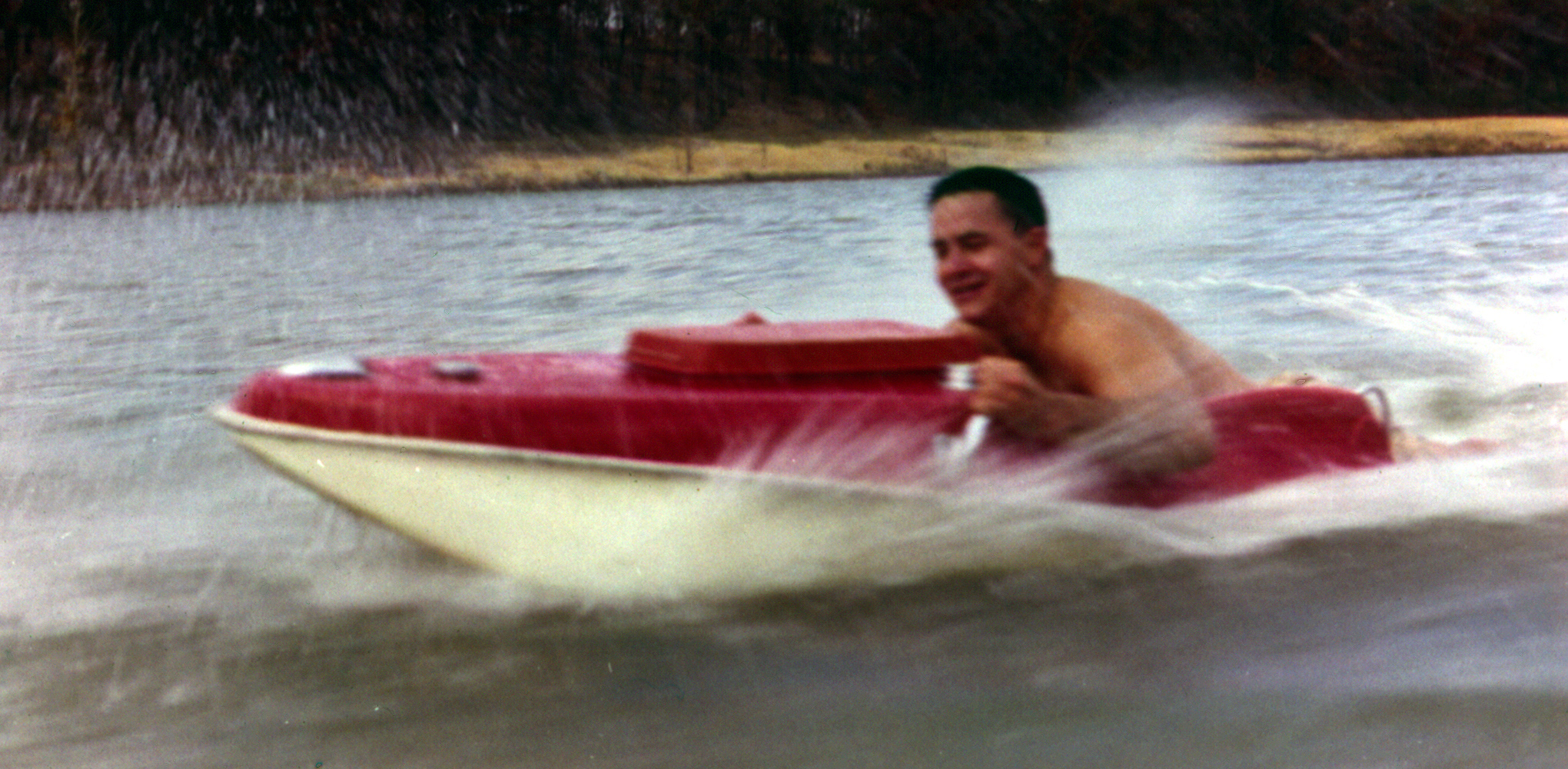|
Sea-Doo XP
The Sea-Doo XP was a model of personal watercraft produced by Bombardier Recreational Products from 1991 to 2004. The Sea-Doo Sea-Doo is a Canadian brand of personal watercraft (PWC) and boats manufactured by Bombardier Recreational Products (BRP). All Sea-Doo models are driven by an impeller-driven waterjet. All Sea-Doo PWC models are produced at BRP's plants in Quer ... XP is a significant model in that it was the first high performance version of a sit-down style watercraft to be offered by any manufacturer. Since the craft's introduction, all other personal watercraft manufacturers have introduced and continue to offer high performance versions of their standard runabouts. In 2000, the XP was named Watercraft of the Century by Watercraft World magazine. During the 13 years it was available there were four generational changes resulting in design and performance improvements along with power increases from 55HP to 130HP. First generation: 1991-1992 The 1991-1992 XP was ... [...More Info...] [...Related Items...] OR: [Wikipedia] [Google] [Baidu] |
Personal Watercraft
A personal watercraft (PWC), also called Jet Ski or water scooter, is a primarily recreational watercraft that is designed to hold only a small number of occupants, who sit or stand on top of the craft, not within the craft as in a boat. Prominent brands of PWCs include Jet Skis and Sea-Doos. PWCs have two style categories. The first and the most popular is a compact runabout (boat), runabout, typically holding no more than two or three people, who mainly sit on top of the watercraft as one does when riding an All-terrain vehicle, ATV or snowmobile. The second style is a "stand-up" type, typically built for only one occupant who operates the watercraft standing up as in riding a motorized scooter; it is used more for doing tricks, racing, and in competitions. Both styles have an inboard engine driving a pump-jet that has a screw-shaped impeller to create thrust for propulsion and steering. Most are designed for two or three people, though four-passenger models exist. Many o ... [...More Info...] [...Related Items...] OR: [Wikipedia] [Google] [Baidu] |
Bombardier Recreational Products
BRP Inc. (an abbreviation of Bombardier Recreational Products) is a Canadian manufacturer of snowmobiles, all-terrain vehicles, Side-by-side (vehicle), side by sides, motorcycles, and personal watercraft. It was founded in 2003, when the Recreational Products Division of Bombardier Inc. was corporate spin-off, spun off and sold to a group of investors consisting of Bain Capital, the Bombardier-Beaudoin family and the Caisse de dépôt et placement du Québec. Bombardier Inc., was founded in 1942 as ''L'Auto-Neige Bombardier Limitée'' (Bombardier Snowmobile Limited) by Joseph-Armand Bombardier at Valcourt in the Eastern Townships, Quebec. , BRP had about 5,500 employees; its revenues in 2007 were above US$2.5 billion. BRP has manufacturing facilities in Canada, the United States (Wisconsin, Illinois, North Carolina, Arkansas, Michigan and Minnesota), Mexico, Finland, and Austria. The company's products are sold in more than 100 countries, some of which have their own direct-sales ... [...More Info...] [...Related Items...] OR: [Wikipedia] [Google] [Baidu] |
Sea-Doo
Sea-Doo is a Canadian brand of personal watercraft (PWC) and boats manufactured by Bombardier Recreational Products (BRP). All Sea-Doo models are driven by an impeller-driven waterjet. All Sea-Doo PWC models are produced at BRP's plants in Querétaro and Juárez, Mexico. Its Rotax engines are produced at BRP's plant in Gunskirchen, Austria. In 2016, Sea-Doo had a 45.8% share of the PWC market in the US. History Bombardier introduced its first personal watercraft in 1968, called the Bombardier Sea-Doo. It was designed by Clayton Jacobson II, who would later develop the more successful Kawasaki Jet Ski watercraft. Also heavily involved was Bombardier's Laurent Beaudoin, who was interested in expanding the success of the Ski-Doo snowmobile to the PWC market. Advertised as the "Jet-powered Aqua Scooter", the original yellow Sea-Doo was 5 feet wide and 7.5 feet long, somewhat resembling a flying saucer. In 1968, it was powered by an air-cooled, 320cc engine with a top speed of 25 ... [...More Info...] [...Related Items...] OR: [Wikipedia] [Google] [Baidu] |
Personal Watercraft
A personal watercraft (PWC), also called Jet Ski or water scooter, is a primarily recreational watercraft that is designed to hold only a small number of occupants, who sit or stand on top of the craft, not within the craft as in a boat. Prominent brands of PWCs include Jet Skis and Sea-Doos. PWCs have two style categories. The first and the most popular is a compact runabout (boat), runabout, typically holding no more than two or three people, who mainly sit on top of the watercraft as one does when riding an All-terrain vehicle, ATV or snowmobile. The second style is a "stand-up" type, typically built for only one occupant who operates the watercraft standing up as in riding a motorized scooter; it is used more for doing tricks, racing, and in competitions. Both styles have an inboard engine driving a pump-jet that has a screw-shaped impeller to create thrust for propulsion and steering. Most are designed for two or three people, though four-passenger models exist. Many o ... [...More Info...] [...Related Items...] OR: [Wikipedia] [Google] [Baidu] |
Sponsons
Sponsons are projections extending from the sides of land vehicles, aircraft or watercraft to provide protection, stability, storage locations, mounting points for weapons or other devices, or equipment housing. Watercraft On watercraft, a sponson is a projection that extends outward (usually from the hull, but sometimes other parts of the vessel) to improve stability while floating, or to act as a securing point for other equipment. Vessels with unstable body shapes or unevenly distributed weight are likely to feature sponsons to help prevent capsizing or other instabilities. On many vessels, these projections from the main body of the vessel can be attached and removed quickly and fairly easily. Canoes and kayaks sometimes feature sponson attachments as well, for stability in rough waters. These differ from outriggers, which extend a significant distance away from the body of the craft, and are employed on craft designed for open waters. A sponson's terminus is close to the cra ... [...More Info...] [...Related Items...] OR: [Wikipedia] [Google] [Baidu] |




